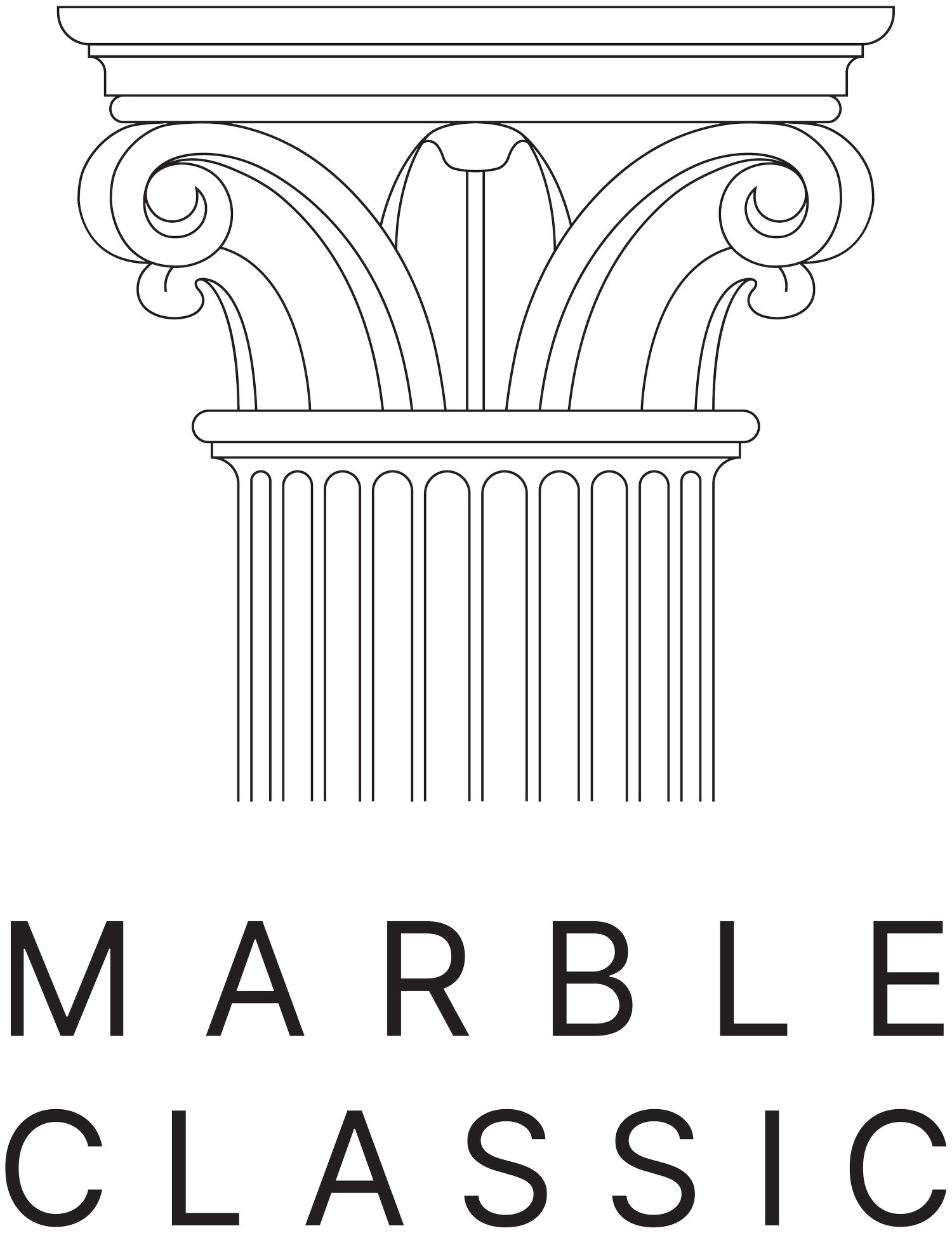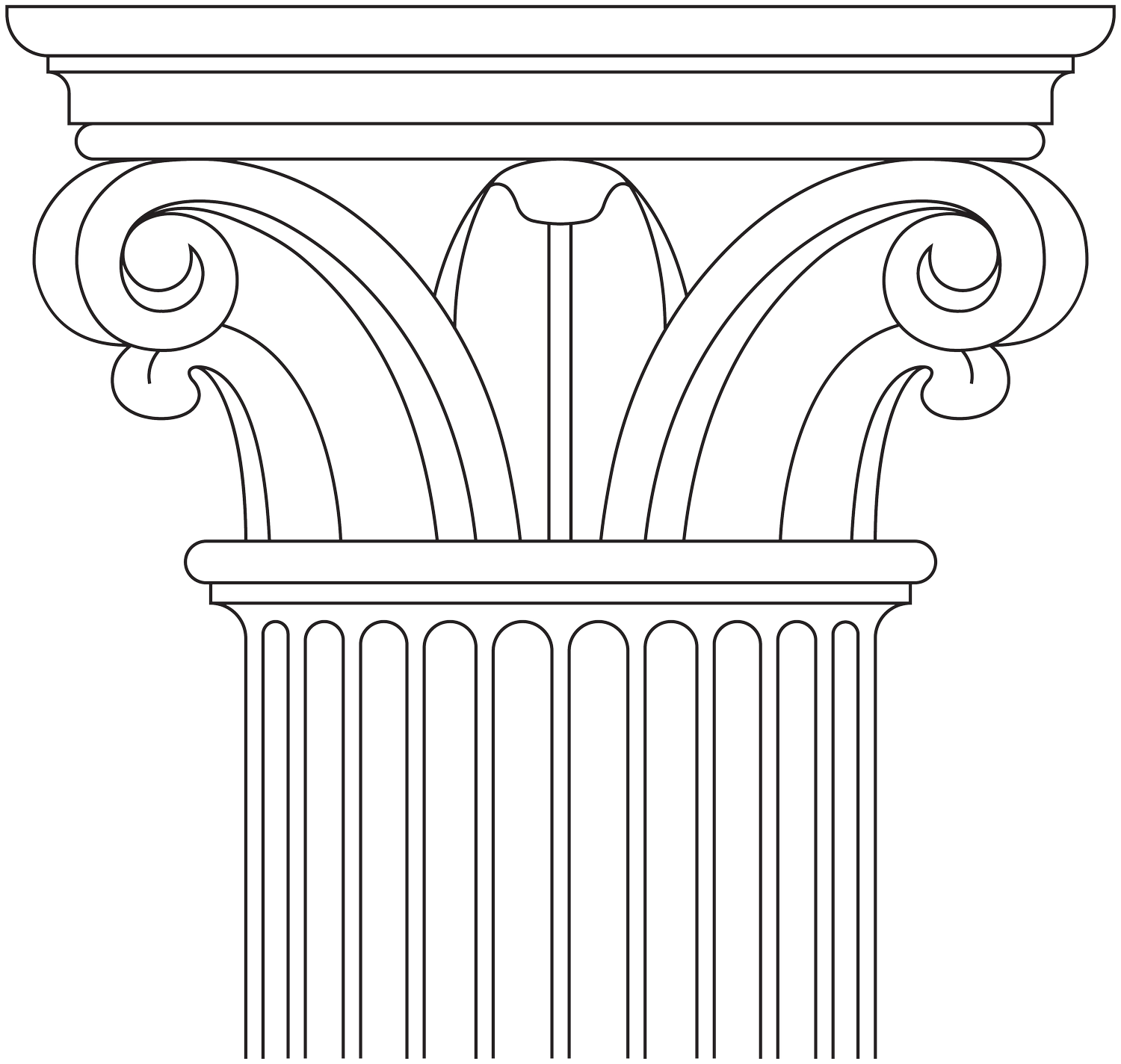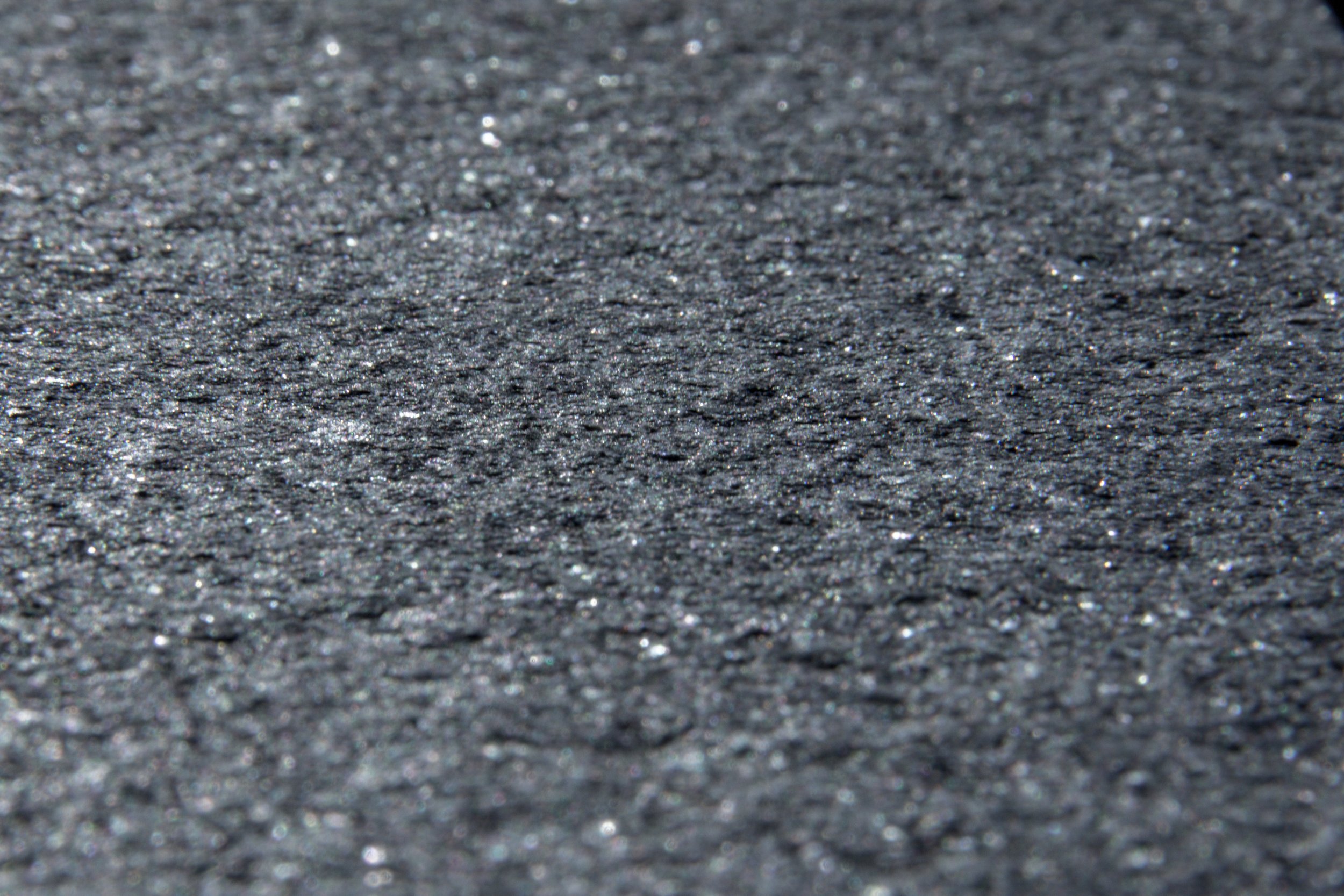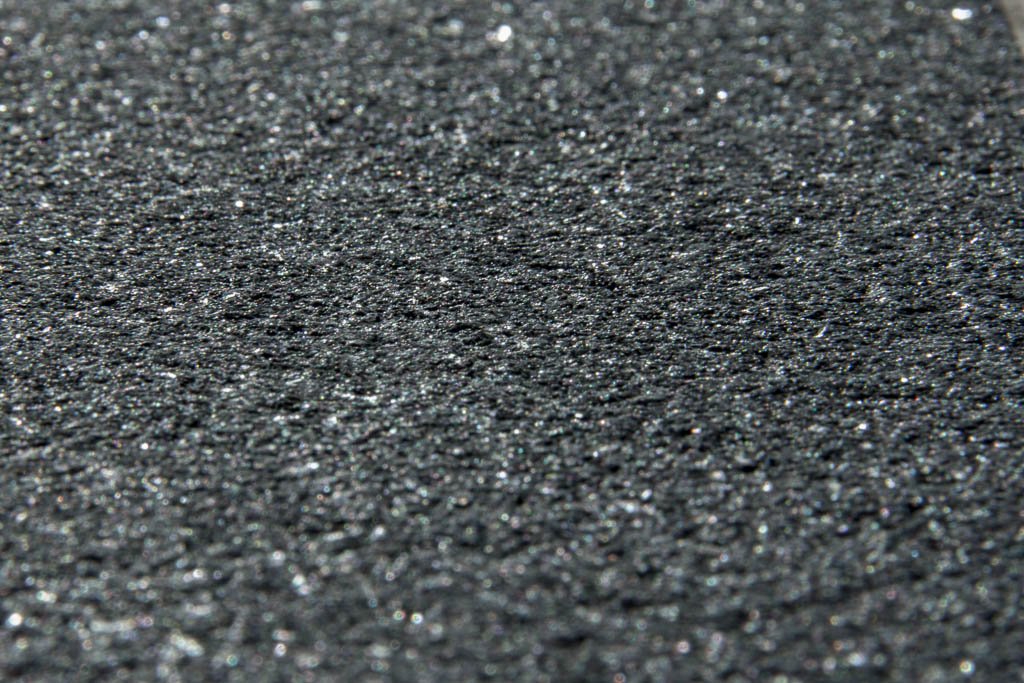YOUR UNIQUE DESIGN
Flutting
Fluting natural stone refers to the process of creating shallow, vertical grooves or channels on the surface of the stone. This technique is often used for decorative purposes on columns, pillars, and other architectural elements to add texture and visual interest to the surface of the stone. The depth and spacing of the flutes can vary depending on the desired effect and the type of stone being used.
Grooving
Grooving natural stone slabs involves cutting shallow, parallel channels or grooves into the surface of the stone to improve its slip resistance and aesthetic appeal. This technique is commonly used on outdoor surfaces such as pool decks, patios, and walkways, as well as indoor surfaces such as shower floors, to reduce the risk of slipping and enhance the natural beauty of the stone.
Flamed
Flamed granite is a type of granite that has been subjected to high temperatures, causing the surface of the stone to melt and then rapidly cool, creating a rough, textured surface with a slightly faded color. This process enhances the slip-resistance and durability of the stone, making it a popular choice for outdoor surfaces such as patios, walkways, and pool decks.
Brushed
Brushed stone is a finish that is achieved by brushing the surface of natural stone with stiff bristle brushes, which creates a textured, slightly rough surface with a soft, natural appearance. This finish is often used on materials such as granite, marble, and limestone to give them a more rustic or aged appearance. Brushed stone is also favored for its slip-resistant properties, making it a popular choice for outdoor surfaces such as patios and pool decks.
Water-jet
Similar to flamed but blasted with wtaer for a finer grain texture.
Sand-blasted
Sandblasting is a surface treatment method used to create a textured or matte finish on natural stone. It involves using a high-pressure stream of sand or other abrasive material to blast the surface of the stone, removing the polished layer and leaving behind a slightly rough, textured surface. Sandblasting can be used to create a variety of finishes, from a light etching to a deep, heavily textured surface, depending on the type and size of the abrasive material used. This technique is commonly used for exterior applications such as building facades, walls, and walkways, as well as for interior surfaces such as countertops, floors, and shower walls.
Leathered
Leathered is a type of surface finish achieved by brushing and grinding natural stone with diamond-tipped brushes to create a textured, matte finish with a soft, slightly undulating surface. This process removes the polished layer of the stone and opens up the pores, giving the surface a more natural, organic appearance. Leathered natural stone has a unique tactile quality and is often used for countertops, vanities, and other interior applications where a more casual or rustic look is desired. It is also favored for its durability and resistance to stains and scratches.
Honed
Honed is a type of surface finish achieved by grinding and sanding natural stone to a smooth, matte finish. This process involves using coarse abrasives to remove any surface irregularities, followed by finer abrasives to create a more uniform surface texture. The final result is a surface that is flat, even, and free of any shiny or glossy appearance. Honed natural stone has a soft, velvety texture and is a popular choice for interior applications such as flooring, countertops, and wall cladding, as well as for decorative elements such as fireplaces and accent walls. It is also used in outdoor applications such as paving and pool surrounds because of its slip-resistant properties.
Polished
Polished stone is a surface finish achieved by grinding and buffing natural stone to a high shine. This process involves using progressively finer grits of abrasive material to smooth the surface of the stone and remove any imperfections, followed by a final buffing with a polishing compound to bring out the natural luster of the stone. Polished stone is a popular choice for interior applications such as flooring, countertops, and wall cladding, as well as for decorative elements such as columns and sculptures. It gives the stone a sleek and sophisticated appearance and enhances the natural beauty of the material.






